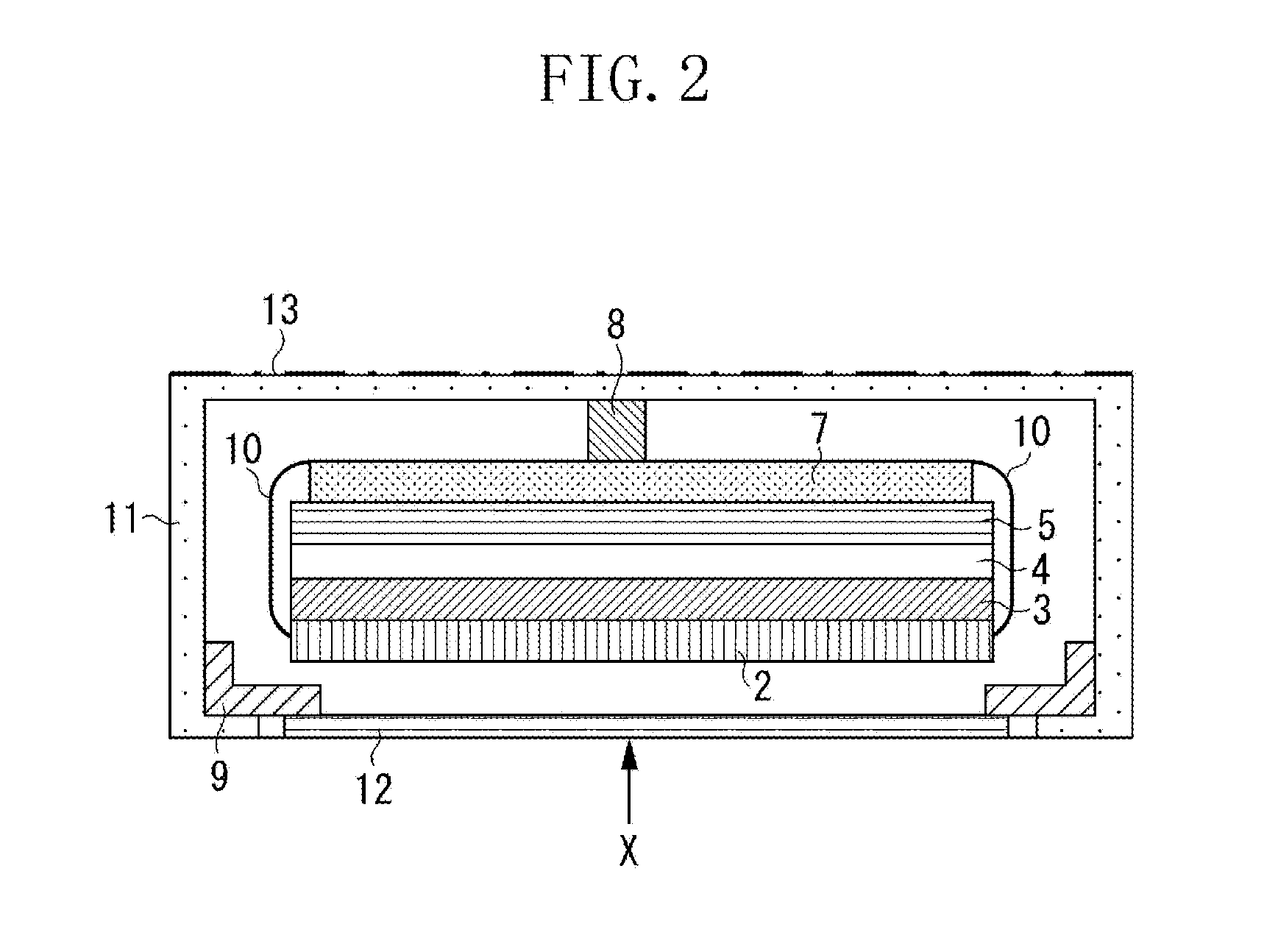Radiation imaging apparatus
a technology of radiation imaging and apparatus, applied in the direction of radiation controlled devices, optical radiation measurement, instruments, etc., can solve the problems of increasing the capacitance of output signal lines, difficult high-speed operations, and difficulty in amorphous silicon, so as to enhance the suppression of thermal influence of control units
- Summary
- Abstract
- Description
- Claims
- Application Information
AI Technical Summary
Benefits of technology
Problems solved by technology
Method used
Image
Examples
Embodiment Construction
[0028]Various exemplary embodiments, features, and aspects of the invention will be described in detail below with reference to the drawings.
[0029]Descriptions of respective exemplary embodiments as below are given assuming a radiation imaging apparatus using the CMOS image sensor in which the need for minimizing thermal influence is high.
[0030]However, the present invention is not limited to the radiation imaging apparatus using the CMOS image sensor, but can be also applied to a radiation imaging apparatuses using other image sensors such as amorphous silicon type, or CCD type.
[0031]A first exemplary embodiment will be described. FIG. 1 is a plan view illustrating a radiation imaging apparatus 1 having a surface opposite to X-ray incident side of the radiation imaging apparatus in the present exemplary embodiment. In other words, as illustrated in FIG. 1, X-ray radiation is incident upon the radiation imaging apparatus 1 from the rear side to front side. In FIG. 1, an external hou...
PUM
 Login to View More
Login to View More Abstract
Description
Claims
Application Information
 Login to View More
Login to View More - R&D
- Intellectual Property
- Life Sciences
- Materials
- Tech Scout
- Unparalleled Data Quality
- Higher Quality Content
- 60% Fewer Hallucinations
Browse by: Latest US Patents, China's latest patents, Technical Efficacy Thesaurus, Application Domain, Technology Topic, Popular Technical Reports.
© 2025 PatSnap. All rights reserved.Legal|Privacy policy|Modern Slavery Act Transparency Statement|Sitemap|About US| Contact US: help@patsnap.com



